
Truflation is a decentralized platform focused on tokenizing Real World Assets (RWAs) through transparent, real-time financial data. It aims to bridge traditional finance and decentralized finance (DeFi) by offering precise metrics for assets like commodities and economic indexes.
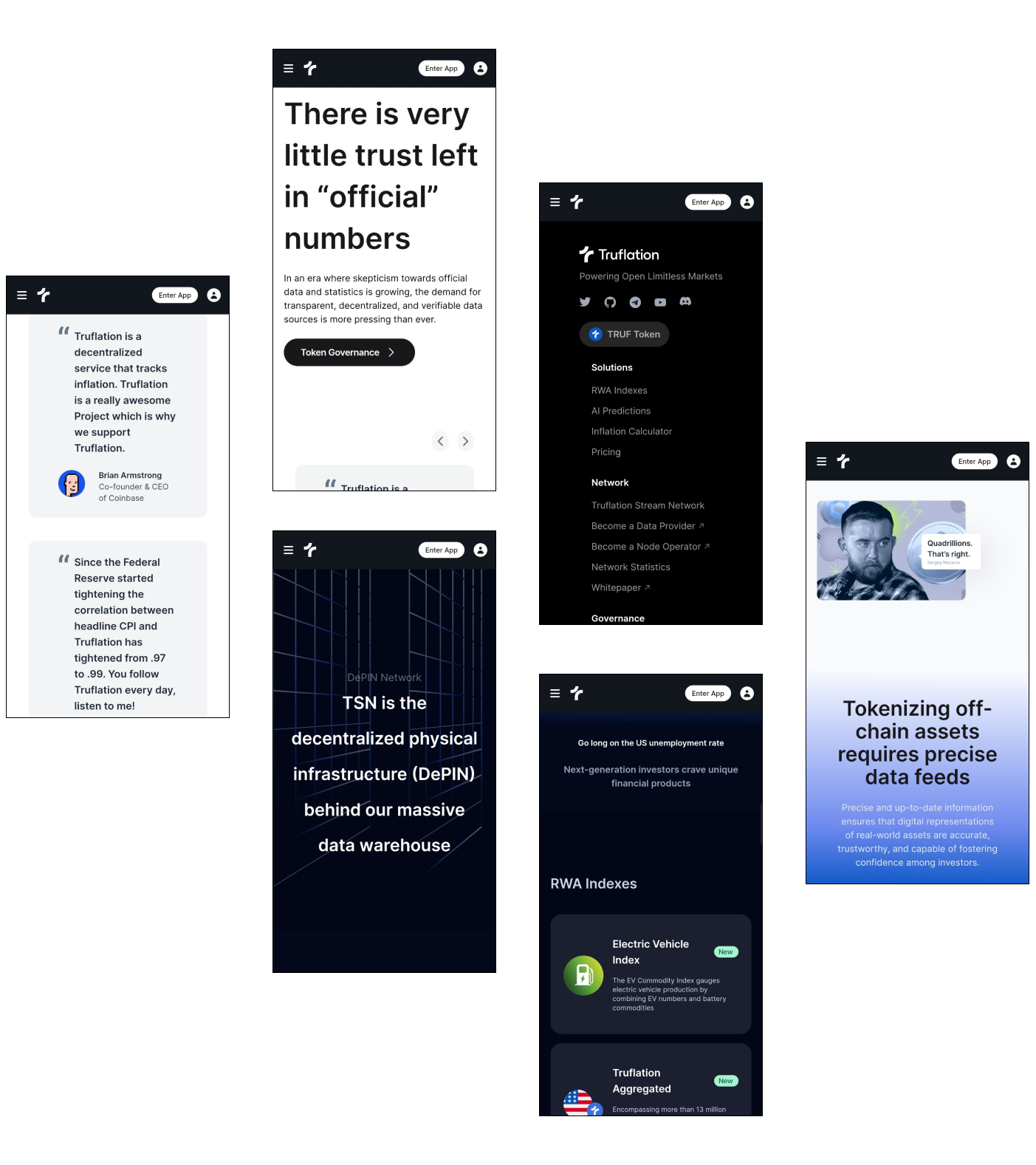
Truflation required a decentralized platform capable of delivering accurate and real-time financial data for a wide range of Real World Assets (RWAs). The primary challenge was to create a system that not only tracks and tokenizes physical assets but also maintains transparency and trustworthiness. This involved developing robust data feeds that could handle extensive financial metrics and integrating these feeds into a blockchain-based infrastructure. The goal was to provide investors with reliable and up-to-date information, supporting various financial products such as tokenized futures, commodities, and economic indexes.
Additionally, Truflation needed to address the growing demand for dependable inflation metrics and financial indexes that could be seamlessly integrated with decentralized finance (DeFi) applications. The platform required a scalable and secure system to manage and govern its data and tokens effectively. Ensuring regulatory compliance and maintaining data accuracy were also crucial, as these factors directly impact investor confidence and the platform’s overall success.
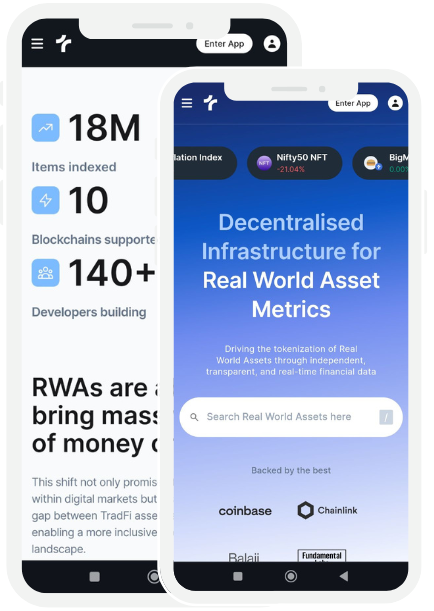
Truflation delivers instant access to financial data across a wide range of Real World Assets (RWAs). With continuously updated indexes and metrics, users can rely on the platform for the most current market insights. This real-time access supports timely investment decisions and enables users to adapt quickly in a fast-moving financial landscape.
Truflation integrates robust analytics tools, including dynamic charts, trend analysis, and predictive models. These capabilities help users interpret complex datasets, monitor asset performance, and uncover emerging market trends. By delivering deeper financial insights.
From inflation rates to sector-specific metrics, Truflation provides an extensive suite of financial indexes. Users can explore data from indexes such as the Electric Vehicle Index and Gold Futures, gaining a broad view of market performance across multiple asset classes.
Truflation supports the tokenization of RWAs, transforming traditional assets like commodities and derivatives into digital tokens. This process increases liquidity and accessibility, enabling fractional ownership and integration with DeFi applications. Tokenization opens new investment opportunities and simplifies trading across global markets.
Built on a decentralized network, Truflation enhances trust and transparency by eliminating central points of control. Blockchain-based architecture ensures that data and transactions remain secure, verifiable, and resistant to tampering. This decentralized model aligns with DeFi principles, reinforcing the platform’s integrity and reliability.
Through governance features, Truflation allows TRUF token holders to participate in shaping the platform. Users can vote on key proposals, influencing protocol updates and data practices. This participatory approach strengthens community engagement, fosters transparency, and supports decentralized decision-making.
Truflation seamlessly connects with DeFi protocols, enabling users to utilize tokenized assets for lending, borrowing, and trading. This interoperability enhances asset utility and liquidity, bridging the gap between traditional financial systems and decentralized ecosystems.
Users can stake TRUF tokens to earn rewards and contribute to the platform’s stability. The staking mechanism incentivizes active participation, supports network operations, and provides additional benefits for long-term engagement. It’s a key component in fostering community involvement and platform resilience.
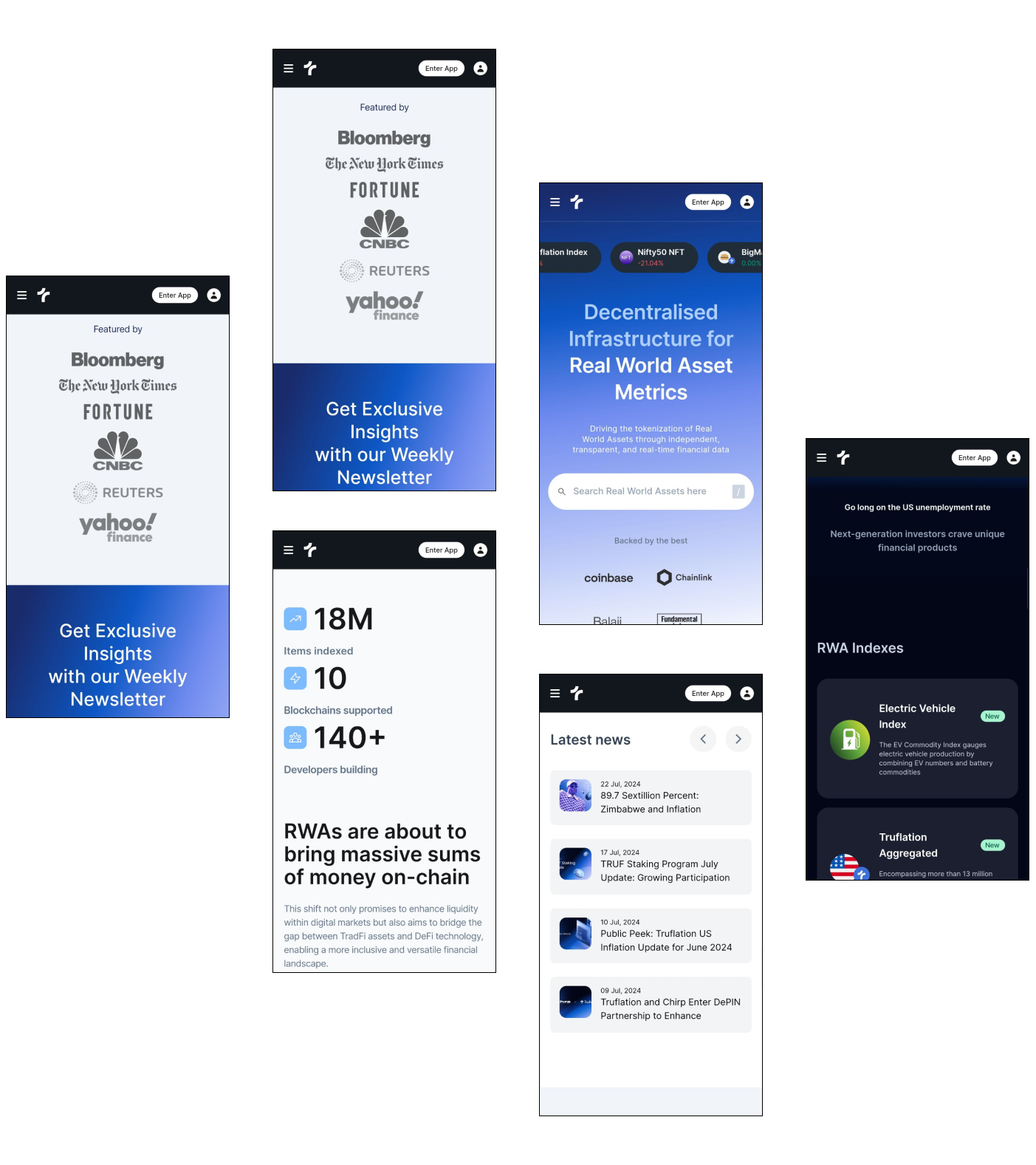
Proof of Stake selects validators based on the amount of cryptocurrency they are willing to lock up, or “stake,” as collateral. This approach consumes far less energy than Proof of Work (PoW) and encourages honest behavior—validators who act maliciously risk losing their staked tokens. PoS also enhances scalability by enabling faster transaction processing with improved energy efficiency.
Proof of Authority relies on a small group of verified and trusted validators to maintain the blockchain. Rather than computational work or staked tokens, it’s the identity and reputation of validators that underpin the consensus. PoA provides high throughput and low latency, making it ideal for private or consortium blockchains, though it introduces more centralization compared to other mechanisms.
Delegated Proof of Stake introduces a voting layer where token holders elect a limited number of delegates to validate transactions and produce blocks. This model boosts network performance and scalability by reducing the number of active validators, while maintaining decentralization through regular elections and community involvement.
Proof of Work requires network participants to solve complex cryptographic puzzles to validate transactions and secure the blockchain. The first to solve the puzzle earns the right to add a block and receive a reward. Though highly secure, PoW is energy-intensive and can limit scalability, making it less optimal for high-throughput systems.
Proof of Space and Time uses storage space and time commitment instead of computational power. Participants prove they have reserved disk space for a specific period, which reduces energy consumption and promotes sustainability. PoST strikes a balance between scalability and environmental responsibility, making it suitable for eco-conscious blockchain networks.
Byzantine Fault Tolerance enables consensus even when some nodes are unreliable or malicious. Through a coordinated voting process, trustworthy nodes can reach agreement despite faults in the system. BFT is particularly effective in permissioned networks where the number of participants is limited and identifiable, ensuring robust and reliable operations.
Hybrid consensus models combine two or more consensus algorithms to harness the strengths of each. For instance, a network might use PoW to validate initial blocks and PoS for finalizing consensus. These systems aim to balance security, decentralization, and performance, offering flexible and optimized solutions for a variety of blockchain use cases.
Federated Consensus involves a predefined group of trusted nodes—often from well-established institutions—that collectively validate transactions. It delivers fast confirmation times and high efficiency while preserving a moderate level of decentralization. This model is ideal for consortium blockchains where trust among participants is already established.
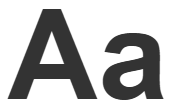
Aa Bb Cc Dd Ee Ff Gg Hh Ii Jj Kk Ll Mm Nn Oo Pp Qq Rr Ss Tt Uu Vv Ww Xx Yy Zz
Truflation’s project approach centered on creating a decentralized platform that integrates real-time financial data with blockchain technology. The development team began by identifying key requirements, including accurate data feeds for a wide range of Real World Assets (RWAs) and a scalable, transparent infrastructure. They designed a blockchain-based system capable of handling extensive data while ensuring data integrity and accessibility. To achieve this, they implemented a decentralized network of nodes to validate transactions and manage data, reducing reliance on centralized authorities and enhancing transparency. The next step involved developing various financial indexes and tokenizing RWAs to facilitate trading and investment. Truflation integrated advanced analytics tools to offer users detailed insights into market conditions and asset performance. Additionally, they incorporated governance mechanisms to allow community participation in decision-making.
Truflation successfully launched a decentralized platform that provides real-time, accurate financial data on various RWAs. The platform’s innovative approach to tokenizing assets and integrating them with blockchain technology has significantly enhanced liquidity and accessibility in digital markets. Users now benefit from a wide range of financial indexes, including inflation metrics and commodity indexes, which are continuously updated to reflect current market conditions. This real-time data availability has improved decision-making and investment strategies. The introduction of governance mechanisms has fostered a participatory environment where token holders influence platform development and operations. Truflation’s integration with DeFi applications has expanded its utility, allowing users to leverage tokenized assets in various financial activities.
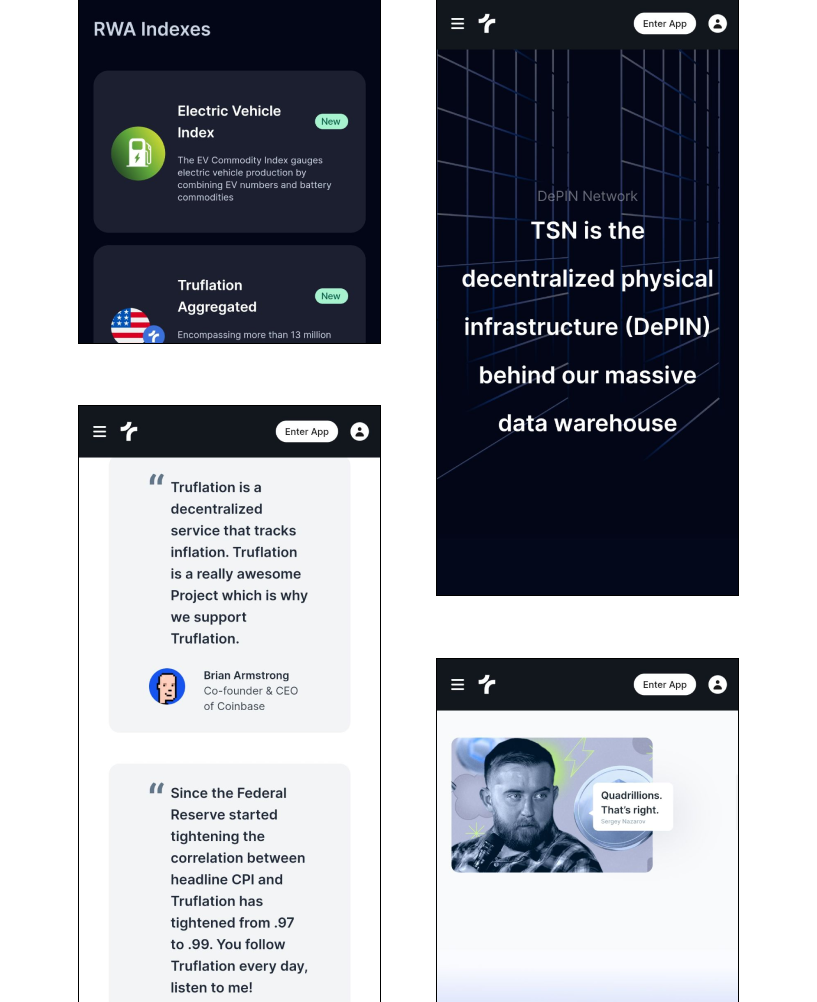
One of the primary challenges Truflation faced was ensuring the accuracy and integrity of the real-time financial data used for tokenizing Real World Assets (RWAs). Given the complexity of financial markets and the multitude of data sources, maintaining precise and reliable data is crucial. Any discrepancies or errors in data could lead to incorrect investment decisions and undermine user trust. To address this, Truflation implemented rigorous data validation processes and partnered with reputable data providers to ensure that the information fed into the system was accurate and up-to-date.
Scaling the platform to handle a large volume of transactions and data while maintaining performance was another significant challenge. As Truflation aimed to offer real-time data across a wide range of financial indexes and assets, the system needed to process and validate a substantial amount of information quickly and efficiently. To overcome this, the development team focused on optimizing the blockchain infrastructure and implementing scalable consensus mechanisms.
Navigating the regulatory landscape and ensuring platform security posed considerable challenges for Truflation. The financial data and tokenized assets handled by the platform required adherence to various regulatory standards to avoid legal issues and ensure user protection. Additionally, securing the platform against potential cyber threats and attacks was essential to safeguard user data and assets. Truflation addressed these challenges by implementing robust security measures, including encryption and secure protocols, and by working with legal experts to ensure compliance with relevant regulations.

Truflation offers real-time financial data, asset tokenization, & decentralized insights to enhance your investment strategies.